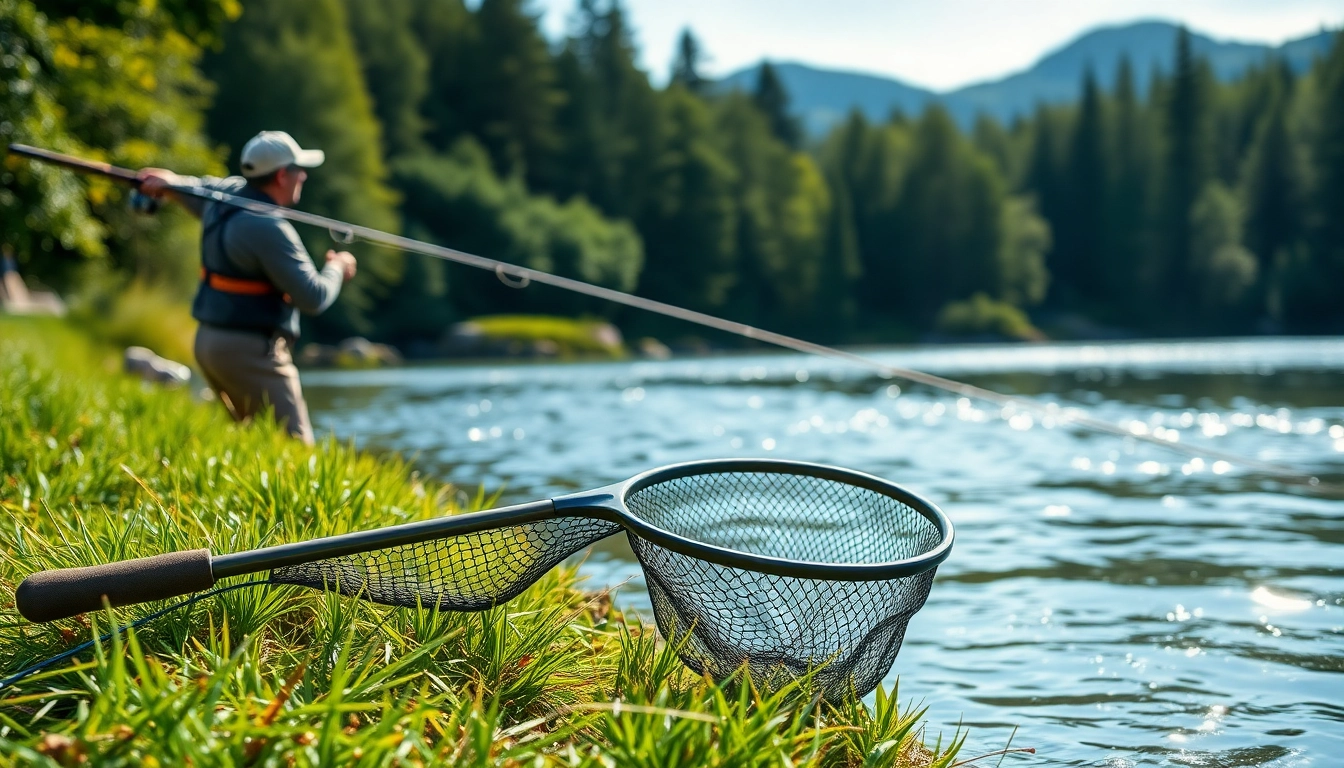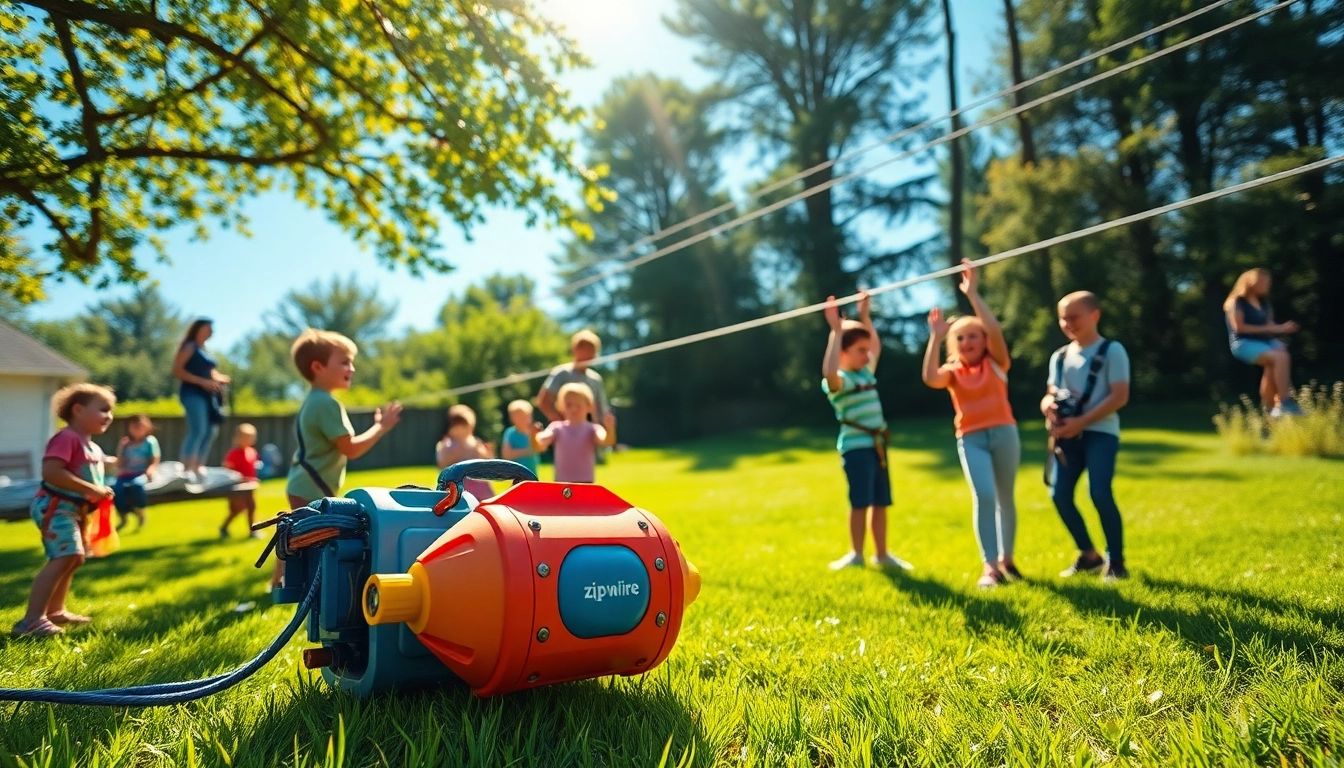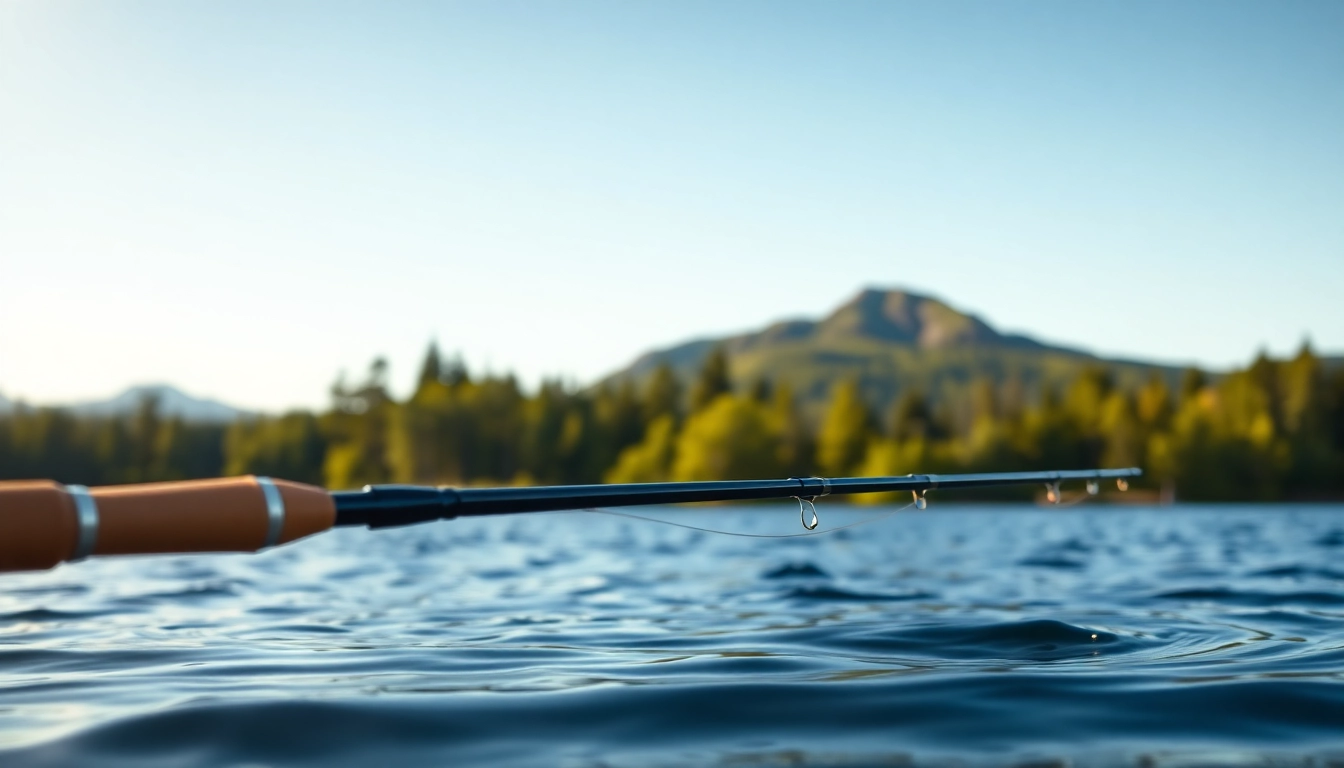Understanding Fly Fishing Nets
Fly fishing is an art that requires precision, skill, and the right equipment. One crucial piece of gear that can make or break your experience on the water is the Fly fishing net. Whether you are a veteran angler or a novice trying to catch your first fish, understanding the different aspects of fly fishing nets is essential. In this comprehensive guide, we’ll explore what a fly fishing net is, the various types available, and the materials used in their construction.
What is a Fly Fishing Net?
A fly fishing net is specifically designed to assist anglers in landing fish without causing them harm. Unlike traditional nets, which may damage fish scales and slime coatings, fly fishing nets prioritize the fish’s well-being, especially for catch-and-release practices. These nets feature a variety of shapes, sizes, and designs to cater to different fishing styles and species.
Types of Fly Fishing Nets
Choosing the right type of fly fishing net is vital for the angler’s success and the fish’s safety. Below are some common types:
- Landing Nets: These nets are designed to help you quickly land fish after they’ve been hooked. They usually have a longer handle and a deeper bag to accommodate larger species.
- Catch and Release Nets: Specifically designed with soft mesh to minimize fish injury, these nets allow for quick and safe releases.
- Foldable Nets: These nets are compact and easily stored, making them perfect for anglers who travel often or fish in remote locations.
- Boat Nets: Ideal for use on a boat, these nets come with longer handles for easy reach while fishing on the water.
Materials and Construction of Fly Fishing Nets
The materials used in constructing fly fishing nets significantly impact their durability, functionality, and ecological impact:
- Wood: Traditional nets often feature wooden frames, offering aesthetic appeal and strength. However, wood can be heavy.
- Aluminum: Lightweight yet robust, aluminum nets are favored by many anglers for their ease of use.
- Carbon Fiber: Carbon fiber nets are exceptional for being lightweight and incredibly strong, making them a popular choice for serious anglers.
- Mesh Type: The type of mesh also matters. Rubberized mesh nets are popular for their fish-friendly design, while nylon nets are easier to clean.
Selecting the Best Fly Fishing Net for Your Needs
Finding the right fly fishing net for your needs involves considering various factors, from net type to budget.
Factors to Consider
When selecting a fly fishing net, you should consider the following:
- Fish Species: Different species require different net sizes and depths, so know what you’ll be fishing for.
- Environment: Assess whether you’ll be fishing from a riverbank, a boat, or wading, as this will impact net choice.
- Personal Preference: Ensure the handle length, grip, and overall design feel comfortable to you.
Size and Weight Considerations
Size and weight are critical considerations when selecting a fly fishing net. A larger net may make it easier to land fish but can be cumbersome to carry, while a smaller net may not be efficient for larger species. Consider your fishing style and the distance you’ll need to carry your gear before making a decision.
Budget-Friendly Options
While high-quality nets can come with a hefty price tag, budget-friendly options are available for novice anglers or those who fish occasionally. Look for well-constructed nets that meet your needs without breaking the bank.
Essential Features of Quality Fly Fishing Nets
Not all nets are created equal. Understanding the features that make a fly fishing net truly exceptional will help you make a well-informed decision.
Handle Length and Flexibility
A net’s handle plays a vital role in usability. A good fly fishing net should offer a handle long enough to reach out far, allowing you to safely land fish while remaining flexible enough to maneuver easily. Consider if a telescoping handle fits your needs, as it can provide greater versatility.
Mesh Types and Their Benefits
The type of mesh used in a fly fishing net affects both the fish’s safety and the angler’s experience. Rubber mesh nets minimize damage to the fish while also reducing snagging, enhancing the landing process. Additionally, rubber nets are easier to clean and less prone to absorbing odors, making them a smart choice.
Innovative Features in Modern Fly Fishing Nets
Recent advancements in fly fishing gear have introduced innovative features to nets, enhancing their functionality:
- Integrated Measuring Tools: Some nets come with built-in measuring scales, allowing you to quickly assess your catch’s size.
- Floating Nets: Buoyancy features prevent nets from sinking, making them easier to retrieve if accidentally dropped.
- Quick-Release Handles: These handles allow for easy detachment and storage, increasing convenience.
Maintenance Tips for Fly Fishing Nets
To ensure your fly fishing net lasts for years, proper maintenance is crucial. Follow these tips to maintain your equipment.
Cleaning Your Fly Fishing Net
Post-fishing cleanup is essential for prolonging the life of your net. Rinse it in freshwater after each use to remove debris and fish slime. For deeper cleaning, mild soap and a soft brush can effectively remove any build-up, ensuring the materials retain their integrity.
Storage Solutions for Longevity
Proper storage is critical. Store your net in a dry, cool place away from direct sunlight to prevent material degradation. Depending on its design, consider using a padded case to prevent any accidental dents or bends while in transit.
Common Repair Techniques
If your fly fishing net sustains damage, quick repairs can extend its life. For minor tears in mesh, using a repair knot or netting tape can bond the area without compromising function. Check handles for cracks and ensure they are secure; replacing a broken handle is often more economical than purchasing a new net.
Enhancing Your Fly Fishing Experience
Your fly fishing experience can be significantly improved with the right techniques and compatibility of gear. Here are some tips on optimizing your experience.
Techniques for Efficient Landing
To quickly land a fish, approach it with the net at an angle. Lift the fish toward the net rather than trying to scoop it. Use a smooth, gentle motion to avoid sudden movements that might spook the fish, increasing your chances of a successful catch.
Combining Your Fly Fishing Net with Other Equipment
Your fly fishing net should seamlessly integrate with your other equipment. Practices like keeping your line organized and using a vest with adequate capacity for tools will enhance your efficiency and experience on the water.
Community Insights and Recommendations
Engaging with the fly fishing community can yield valuable insights into gear best suited for your needs. Participating in local clubs or forums allows you to gain recommendations and alternative perspectives that can guide your purchases and improve your technique.



